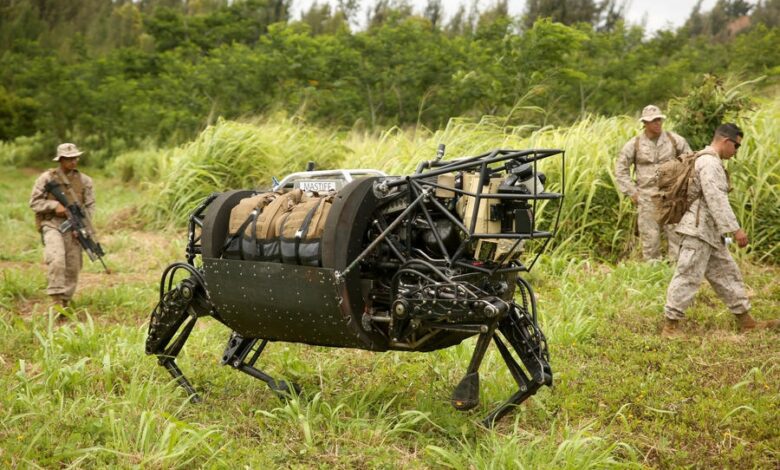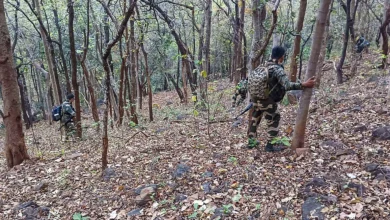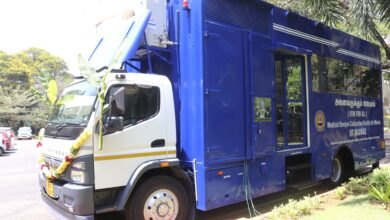Indian Army goes futuristic invites Bids for 48 Jetpacks, 100 Robotic Mules, and 130 New-Age Drones
The Indian Army has initiated the procurement process for acquiring cutting-edge technology equipment through an emergency procurement scheme. The Army has issued preliminary tenders for 48 jetpacks, 100 robotic mules, and 130 new-age drones. These state-of-the-art technologies will help the Army to modernize and upgrade its capabilities, improving mobility, logistics support, and surveillance capabilities.

The Indian Army is modernizing and automating its equipment through an emergency procurement scheme, and has invited bids for three cutting-edge technologies: 48 jetpacks, 100 robotic mules, and 130 new-age drones. The jetpacks are required to have a modern propulsion system, including turbine engines, electric and hybrid systems.
The jet pack suit is a turbine-based mobility platform that is designed to safely lift a person across various terrains. The Army’s Request for Proposal (RFP) document outlines specific requirements for the suit, including controls for safe ascent and descent, take off and landing, and movement in all directions. Additionally, the jet pack should have a maximum speed of over 50 Kmph and a payload capacity of at least 80 kg. The RFP also states that the equipment should be capable of operating in different environments, including plains, mountains, deserts, and high altitude areas up to an altitude of 3000m. Furthermore, the jet pack suit should be able to be stored in weather-proof packaging and transported by land, sea, or air as needed.
The Indian Army has also issued an RFP for 100 robotic mules and related accessories. These four-legged robots are intended to operate at elevations up to 10,000 feet and should be able to move autonomously across a variety of terrains. They must also have self-recovery and obstruction avoidance capabilities. The army currently uses mules to transport ration and other goods in high altitude areas. The RFP specifies that the robotic mules should be able to function in temperatures ranging from minus 20 degrees Celsius to plus 45 degrees Celsius. Additionally, the RFP document states that the robotic mules should be compatible with both the European Union’s Global Navigation Satellite System (GNSS) and India’s Indian Regional Navigation Satellite System (IRNSS) for satellite navigation.
The new-age drones are tethered drone systems that consist of drones connected to a ground-based tether station and can provide surveillance of beyond-the-line-of-sight targets for prolonged durations. The Army’s RFP states that the drones must have a maximum weight of 15 kg and be tethered at a distance of 60 meters from the ground. They should be able to operate for six hours and have the capability to detect vehicles from a distance of 5 kilometers and detect a person from a distance of 2 kilometers.
The last date for submitting bids is February 14th.



